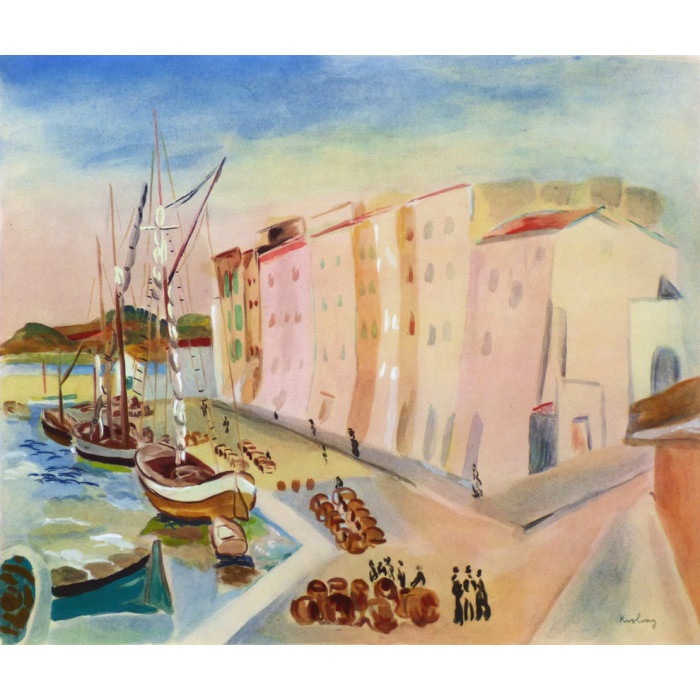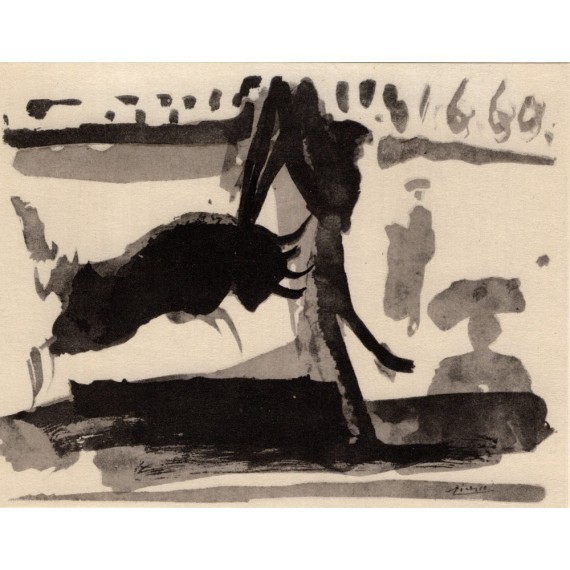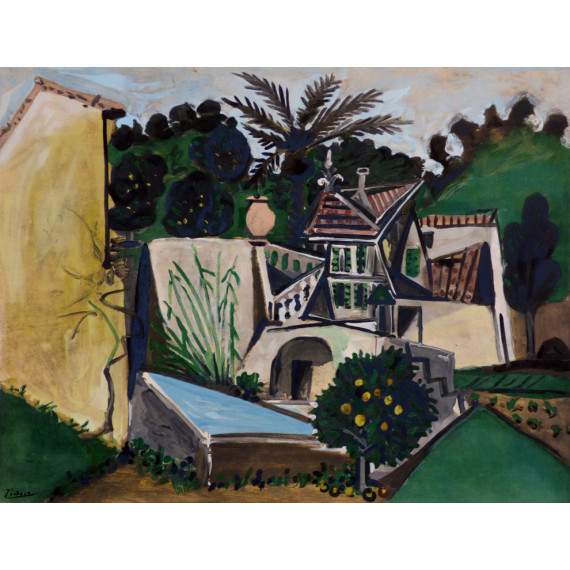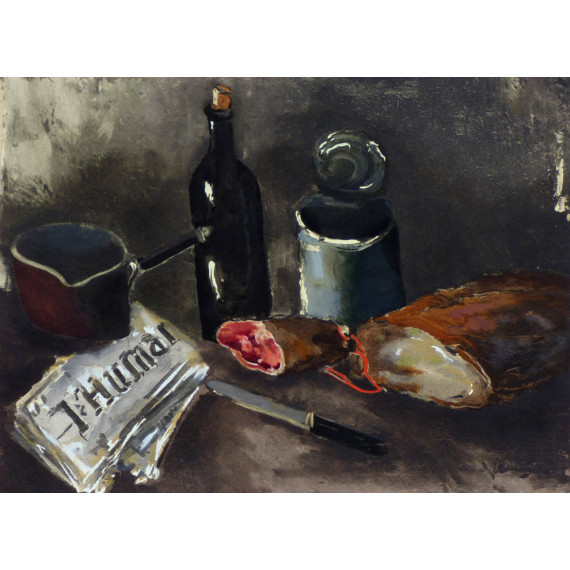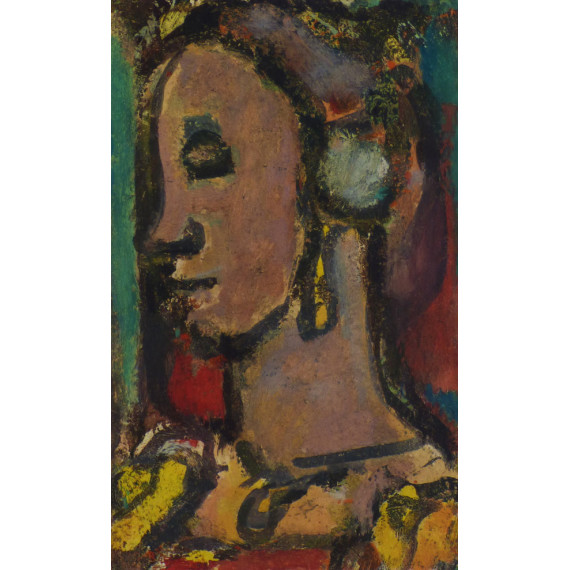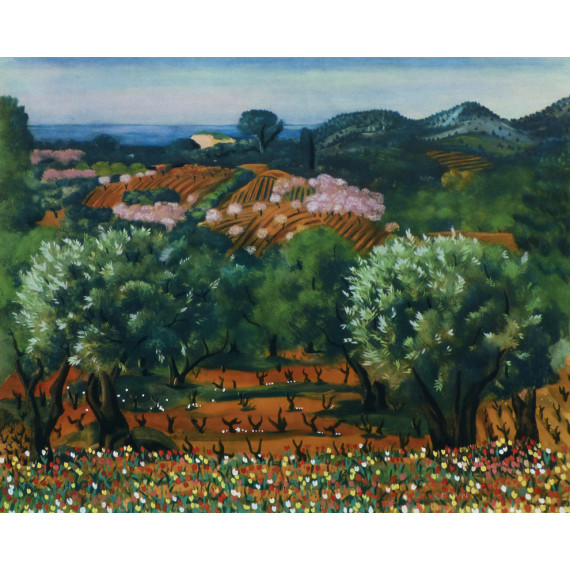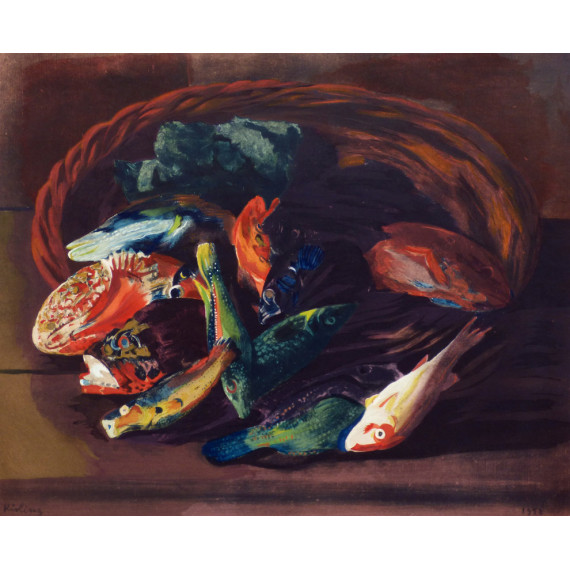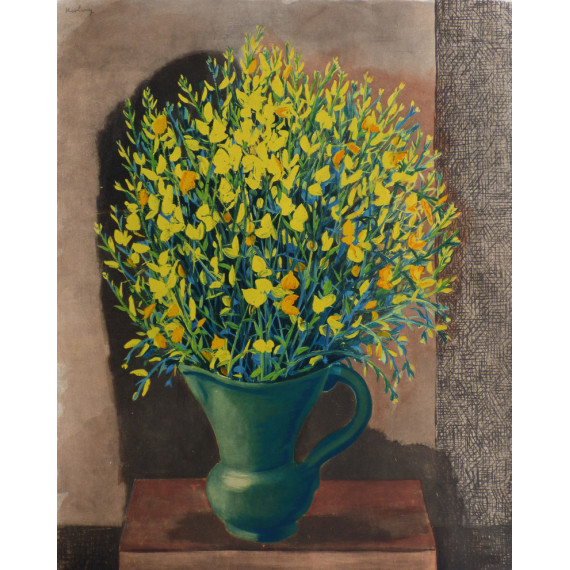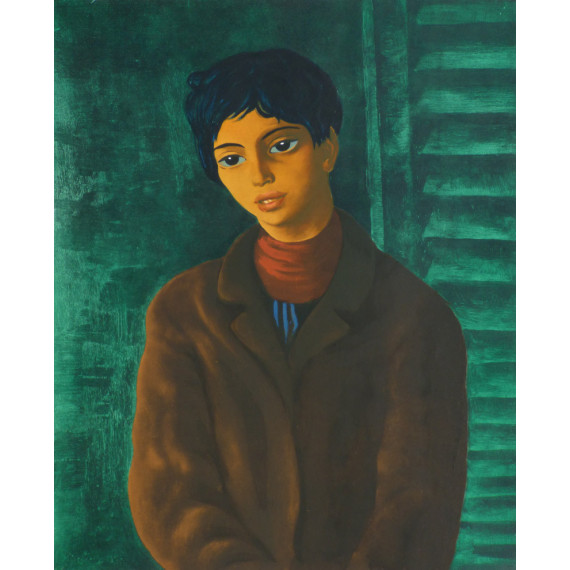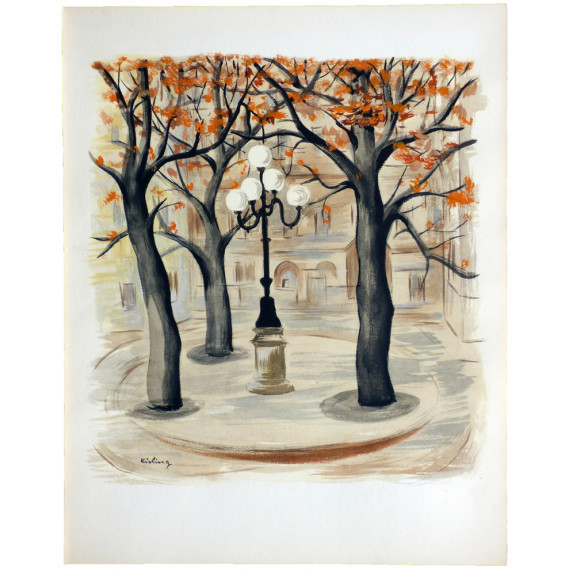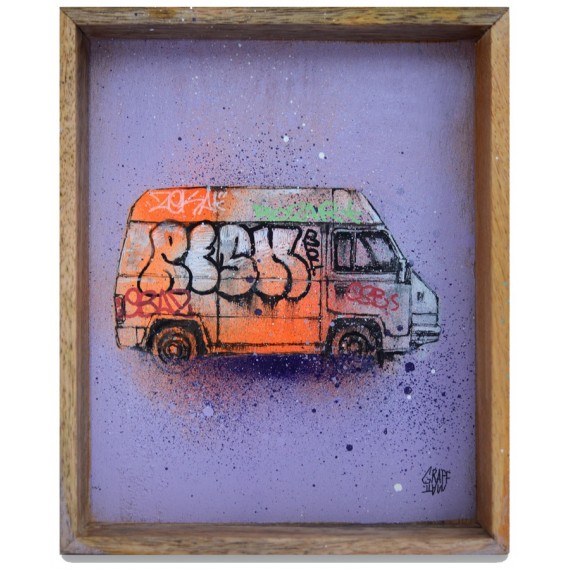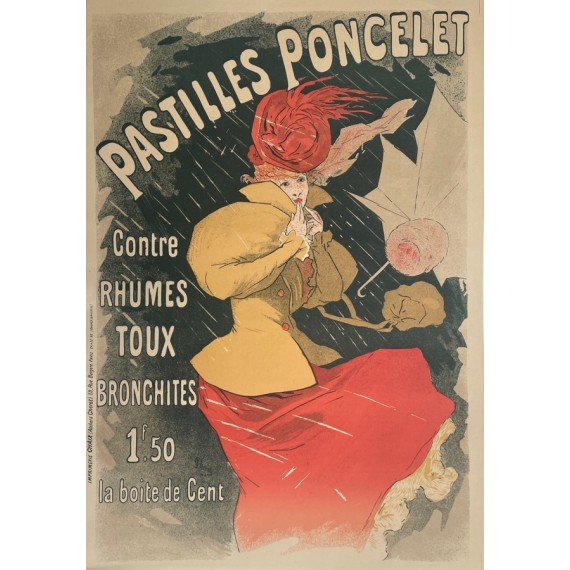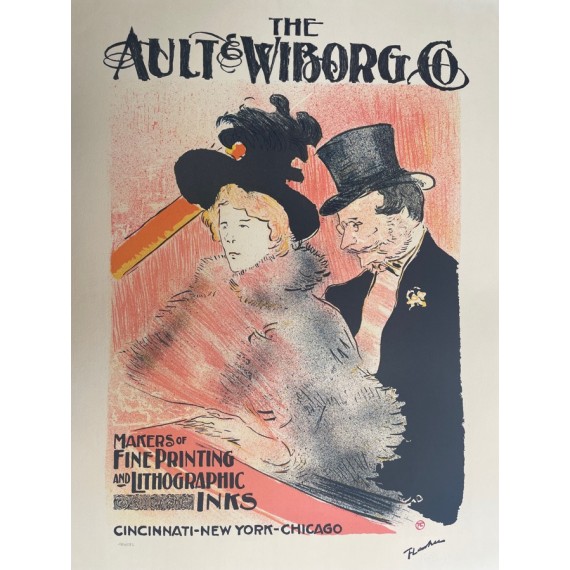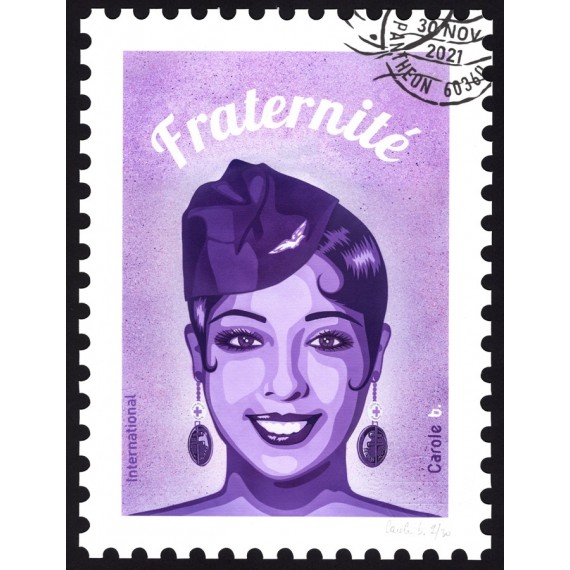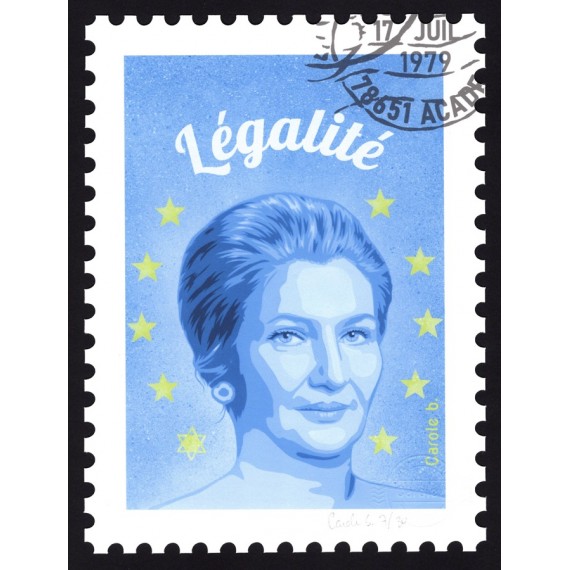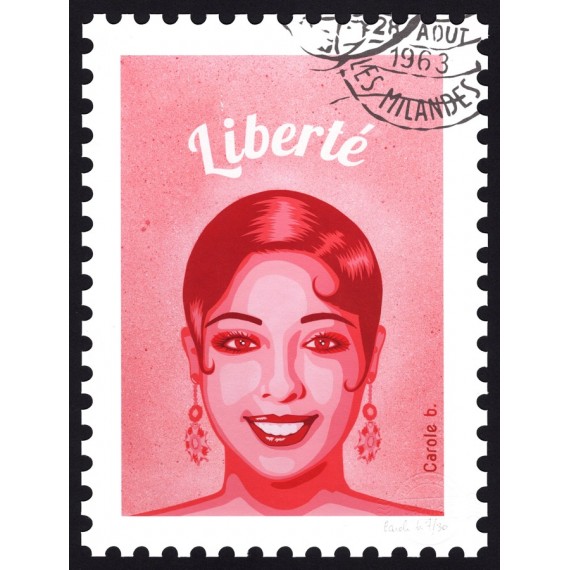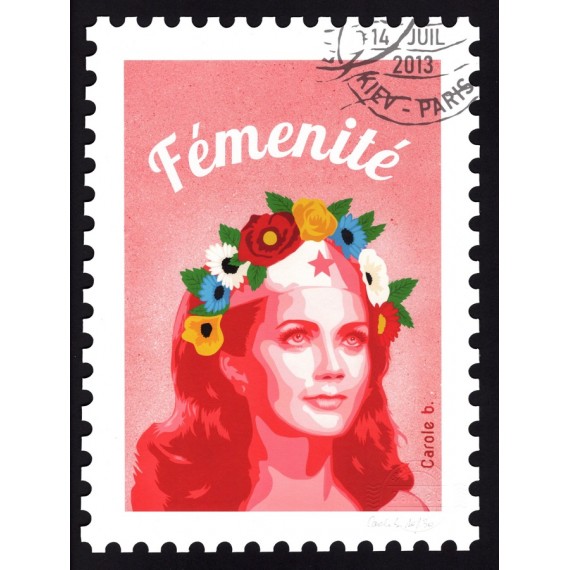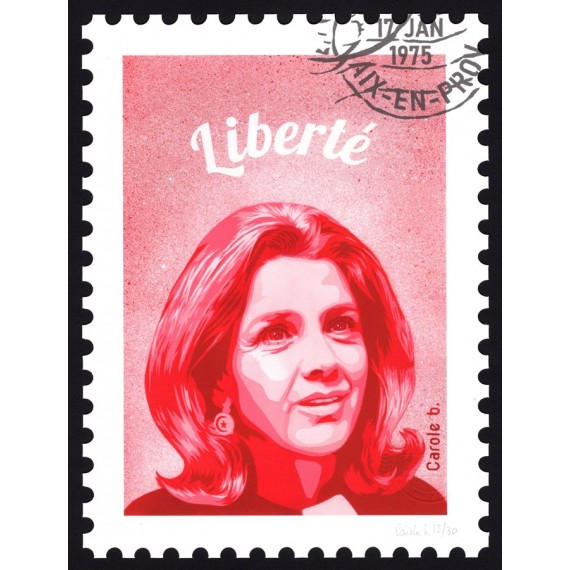After Moïse KISLING ( 1891-1953 )
" Saint-Tropez "
Original Jacomet stencil.
Size without marges : 36x44cm
Moïse Kisling
Born in 1891 in Cracow (Poland) and died in 1953 in Sanary-sur-Mer (France). Moses Kisling studies at the School of Fine Arts in Krakow. In 1910, he moved to the neighborhood of Montmartre, Bateau-Lavoir. Very soon he meets Juan Gris, Picasso, Max Jacob, then Soutine, Modigliani, with whom he becomes deeply involved ... Also known as painter of Montparnasse where he settled after having stayed in Montmartre, he is part of "The School of Paris". His painting meets very quickly a great success. Representing portraits, nudes, still lifes, landscapes, she oscillates between classicism and the premisms of cubism and fauvism under the influence of her studio comrades. There is also a strong expressive intensity. It is impossible to classify it. During the First World War, he joined the Foreign Legion. In 1915, he was seriously wounded during the Battle of Artois, which earned him French citizenship. Many exhibitions are organized abroad and he participated in many Salons until 1940, when he was forced to flee to Lisbon, then to the United States because of his Jewish origins, and his anti-Nazi activities . After the war, in 1946, he returned to live in France by settling in episodes in Sanary sur Mer on the Var coast, and in Paris. It is after 1949, that settles definitively in Sanary on sea. His works have been included in the collections of several museums around the world: England, United States, France, Switzerland, Taiwan.
Daniel Jacomet
is an artist who has created a type of stencil that now bears his name, a stencil almost identical to the original artwork. From 1921, he worked with the greatest artists of his time: Picasso, Braque, Chagall, Rouault, Dufy, Miro etc ... His children, André, Pierre and Marie-Jeanne, will take over. Then Bruno, his grandson, who will work with Olivier Debré, Herve Di Rosa, Gerard Garouste, Edouardo Arroyo, Jan Voss, ...
Jacomet stencil
This is a stencil print. The artist applies color by hand with a round brush in cardboard or zinc cutouts, to color surfaces that may even be in color gradient. It is about putting color on a printed pattern in black and white in lithography or collotype. The artist can therefore make several copies with the same patterns. This technique allows the artist to create an edition almost identical to the original artworks. Many professionals in the art world were caught by these perfect prints. There are still "Jacomet" which are considered original works today.
The work presented is called "facsimile" because it faithfully reproduces the original work and this most often with the original mediums. After making a very precise cut, the artist will color the stencil using colors and materials similar to the original: watercolor, gouache, ink, etc ... The signature is an integral part of the stencil. The paper can also be recreated. The printing and coloring were entirely done in the Jacomet studio.

